Blind Pig Clone 2.0
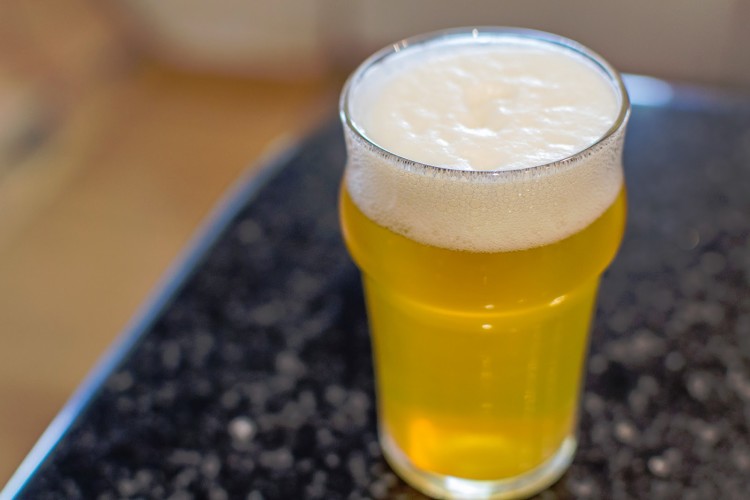
As I mentioned in my Micro Pale Ale post, we’ve got a big party coming up very soon, and I need to get some beers cranked out fast. All my friends will definitely expect a good IPA on tap, but I need something I can turn out in three weeks flat. After flipping through some past recipes, I realized the Blind Pig clone I brewed awhile back would be a good fit. It’s a little lower in alcohol than the typical IPA, and the bright crisp hop notes taste good even when the beer is young.
Read More
Micro Pale Ale
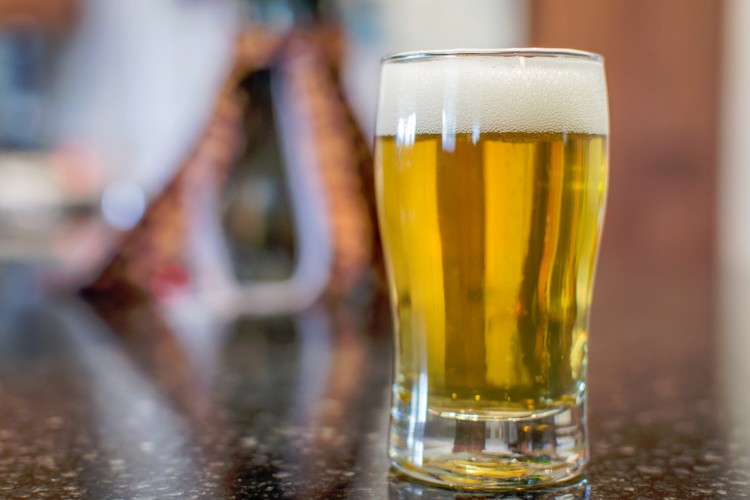
In keeping with my current trend of brewing a low-gravity session beer every few batches, I’m brewing this to kick off a set of beers with WLP090. I wanted to do something a little different this time, so I’m going to brew a very low gravity American Pale Ale. It’ll be something similar to Lagunitas Daytime IPA, or even Firestone’s Mission St. Pale ale, only smaller yet.The goal is to keep the OG at or around 1.035, but hop this beer as I would a 1.055 Pale Ale.
Read More
East Valley Crossfit IPA
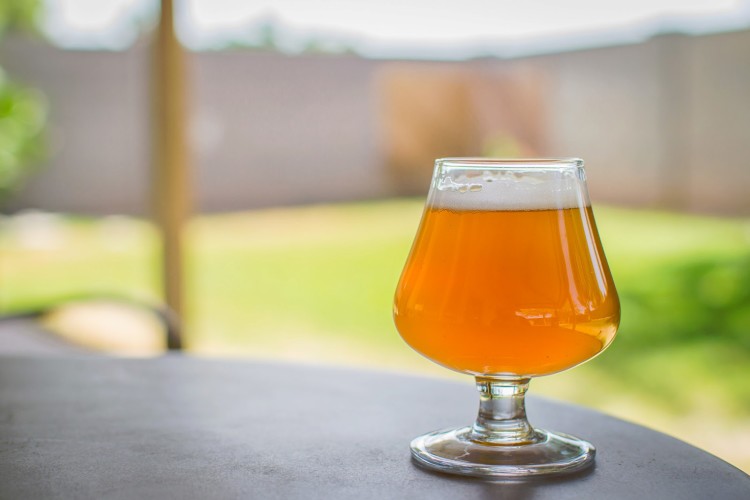
I’m a member at a local Crossfit gym. As every Crossfit affiliate is independently owned and operated, there are some awesome ones, and less than awesome ones. I’m really thankful to be part of an awesome one, and an awesome one that loves craft beer. East Valley Crossfit hosts a Crossfit or lifting event a few times per year, and whenever feasible, I try to brew a batch for those events.
Read More
IPA Clone Series: Stone Enjoy By IPA
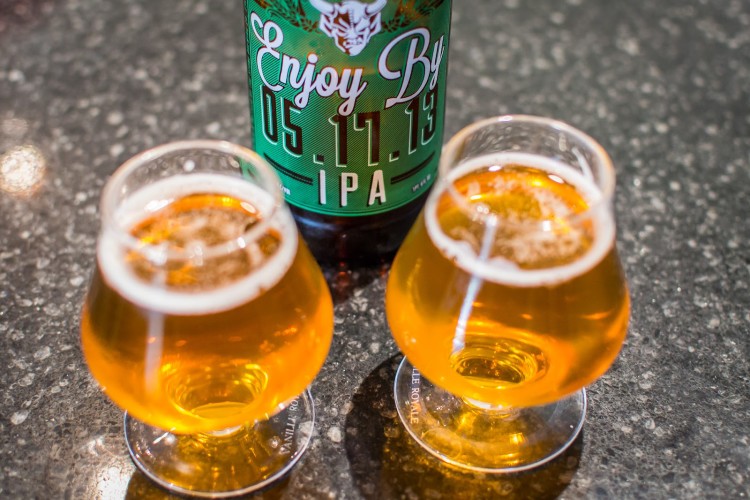
I love this beer. The first time I tried it, I dreamed of making an IPA this tasty. I’ll save us a lot of time blabbering on about the recipe, as I covered it pretty well here. I never did figure out which yeast to use, but WLP007 has done pretty well in the past cloning Stone beers, so I decided to roll with it.
Read More
Chocolate Coffee Stout
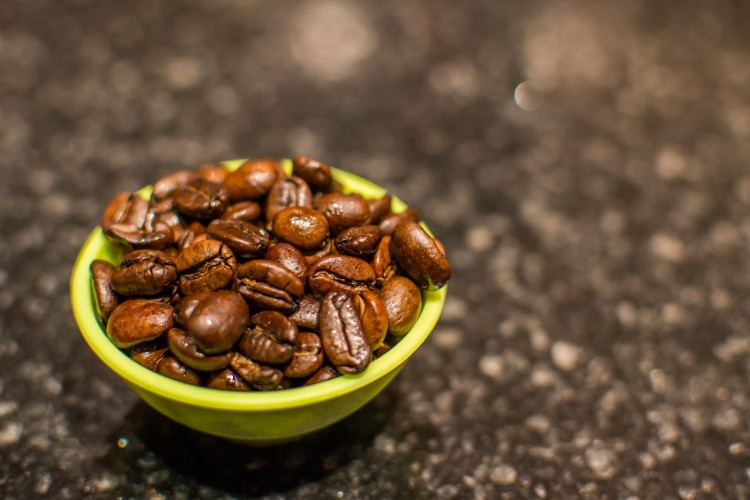
I’ve been wanting to brew a Chocolate Coffee Stout for awhile now, but especially since getting my hands on some amazing coffee. Late last year, my fiance found some incredible coffee from a shop called Old Bisbee Roasters. This guy doesn’t roast the coffee until you buy it, and since Bisbee is only a few hours from Phoenix, we get the coffee the next day. Anyway, he occasionally gets this one variety, Bali Blue Krishna, and let me tell you, it’s like heaven on earth. I had to brew a beer with it.
Read More
How to monitor your fermentation temps in real-time
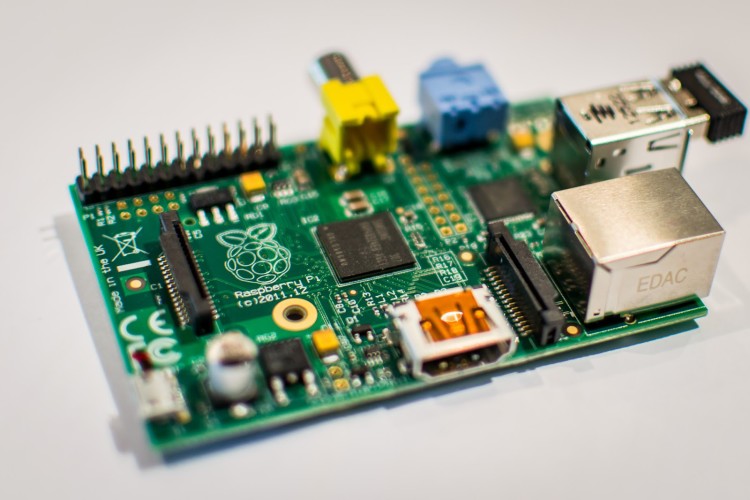
I’m not sure if too many people noticed, but there’s a new tab on the top of my blog called Temp Monitor. Using a Raspberry Pi, I’m able to monitor my fermentation temperatures in real-time from anywhere, and I’m pretty flipping giddy about it. The values on the page auto-update every 15 seconds, and the graphs will update with every page-refresh. I figured this would be a cool idea for a writeup, so here it is.
Read More
American Amber 3.0
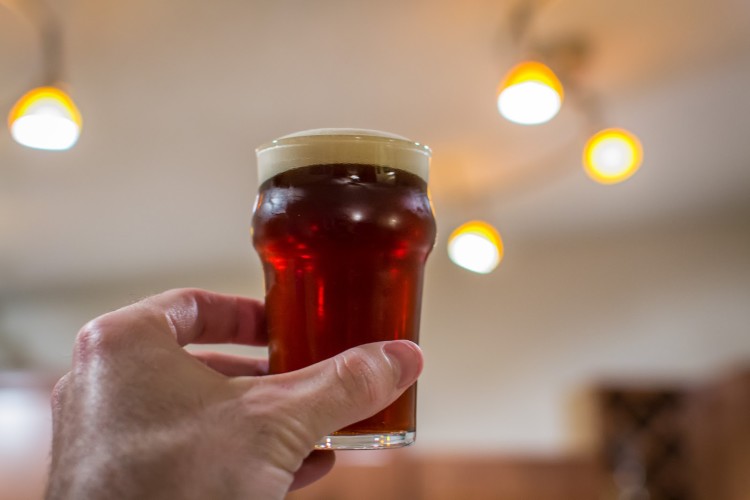
West-Coast Amber Ale is one of my favorite styles of beer. They’re big, malty, hoppy, but most importantly, drinkable; what’s not to like? Since I have a pitch of Chico-like yeast ready to pitch, it seemed like a great time to brew another batch of my Amber Ale. I’m brewing nearly the same recipe as last time, only making a color adjustment, and a few hop tweaks. I’m swapping out Centennial/Amarillo for Falconer’s Flight at the 10 minute addition (just to use up some 2011 FF). I did want to play with the dry hop schedule a bit, so I employed the dry hopping test method we talked about here. I used Sierra Nevada Pale Ale instead of Bud Light, which worked fabulously well. I dosed four bottles, each with it’s own dry hop ratio.
Read More
Scottish 60/-
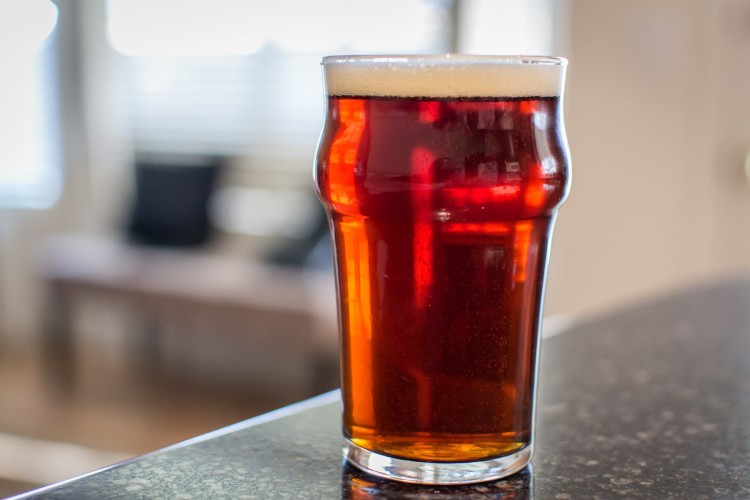
I’m getting ready to brew a few beers with WLP090 – Super San Diego, so it’s time for another session beer. This time around it’s nearly the same Scottish ale I brewed here, just 8oz less base malt to hit a lower OG.
Read More
Pliny the Younger Clone 2.0
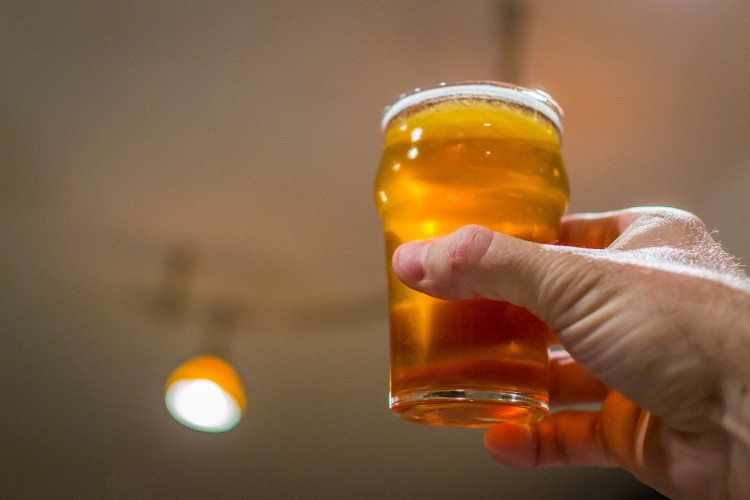
I was going to hold off brewing this for another month or so, but screw it, I want some Younger now! Kristen and I were recently back in California, and made our way up to RRBC to try Younger; it was awesome. So I shuffled around some beers, and I’m brewing this next.
Read More
Dry Hopped Bud Light
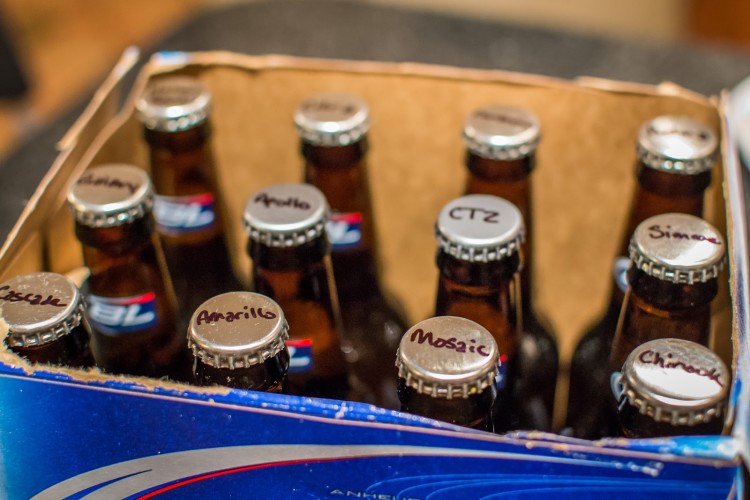
No, your eyes aren’t deceiving you; I’m dry hopping Bud Light today. I borrowed this idea from one of the brewers at Anchor Brewing. He mentioned on a Brewing Network interview that this is his favorite way to see the differences between different hop varieties. They just buy a 12er of Bud Light, pop the caps, drop in a few pellets, and then taste the differences. It sounded like a great idea to me, so here we go!
Read More